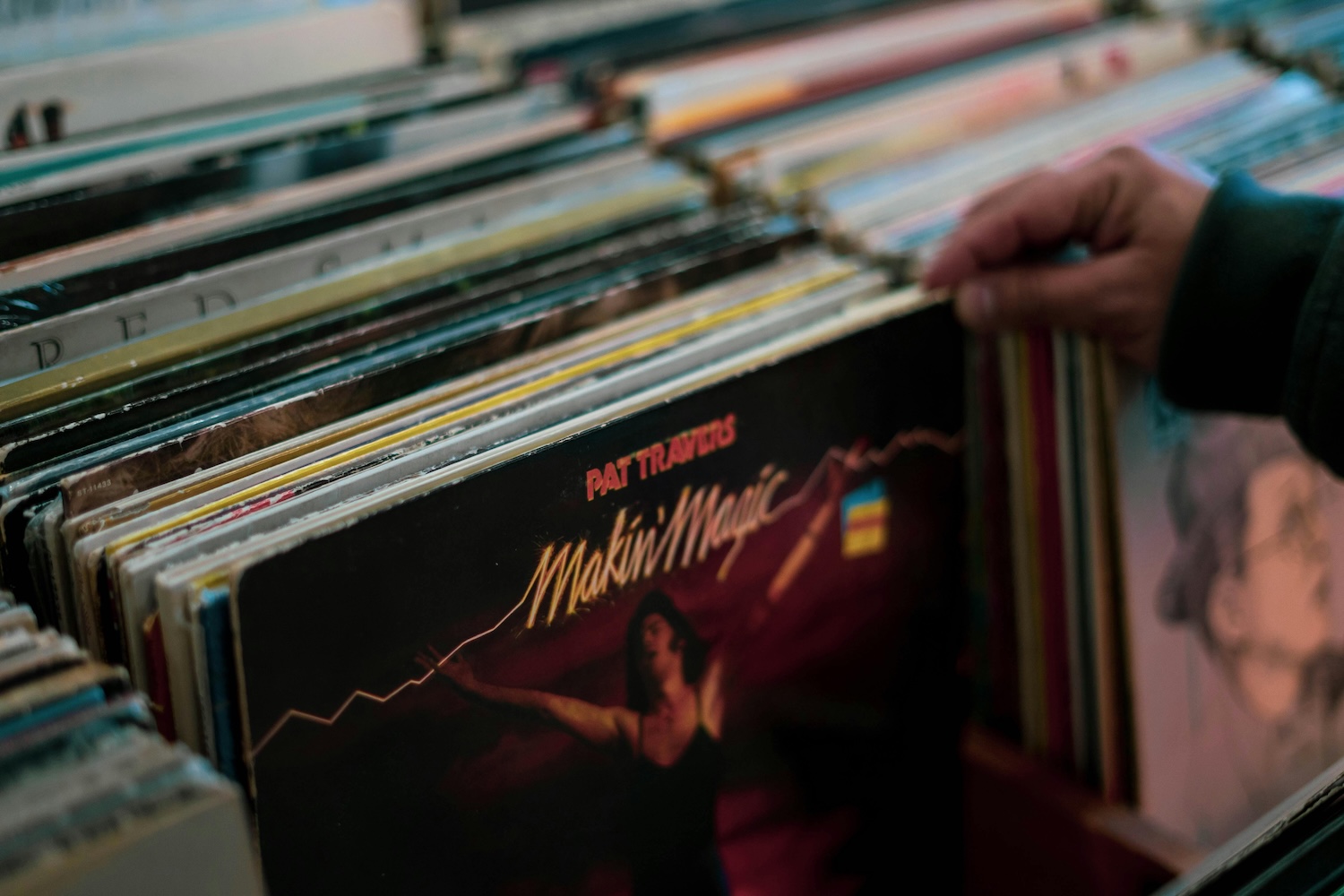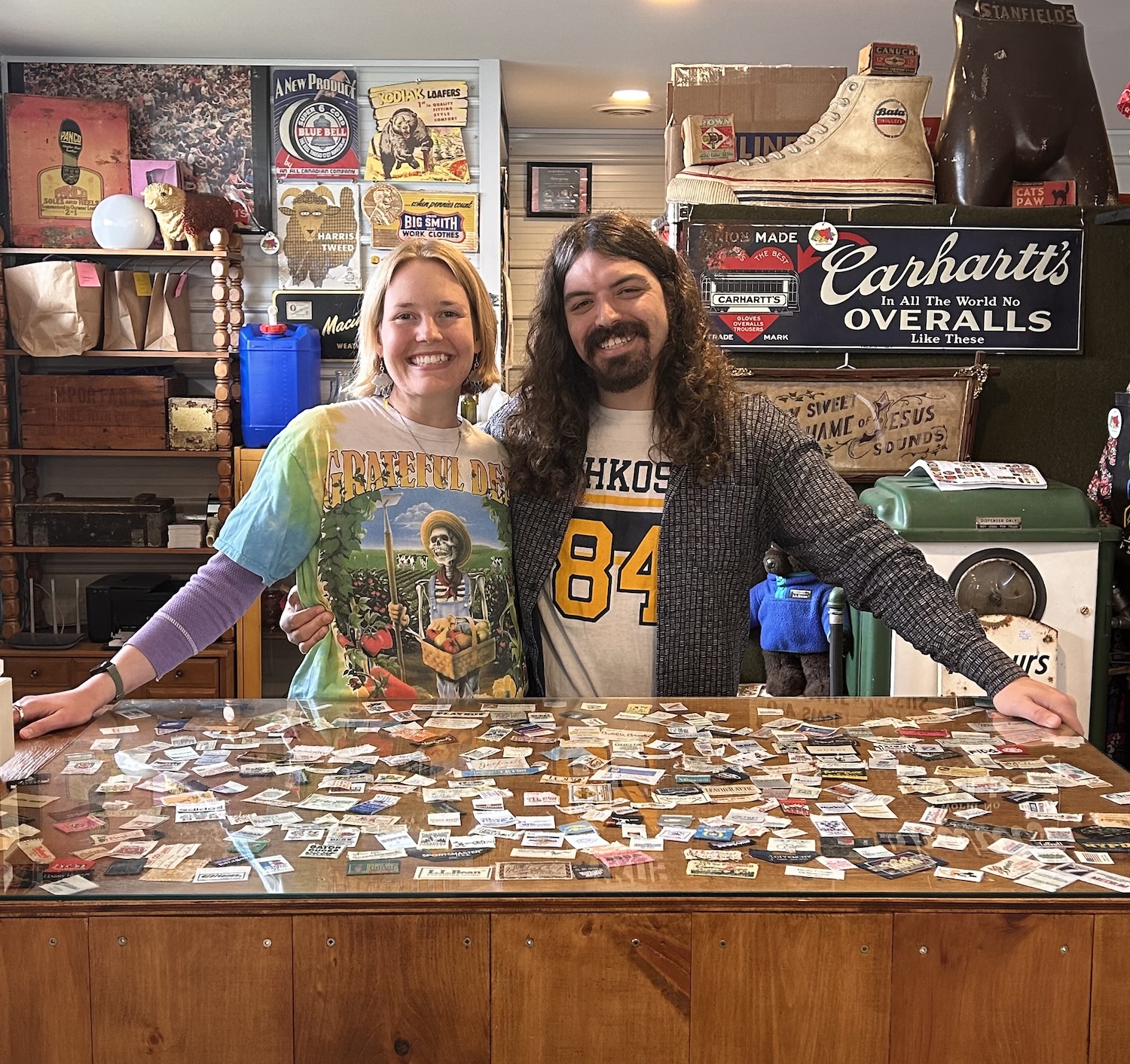
Planning to pop the question? Our guide to antique engagement rings
If you're planning the perfect proposal, cap it off with a special vintage or antique engagement ring that feels as one-of-a-kind as your love. Browse our guide to antique rings and learn about the styles you might encounter on your search
This article contains affiliate links. We independently research products. We may earn a small commission if you make a purchase through the links, at no extra cost to you, which helps to fund our website operations. Affiliate links do not inform the direction of our editorial content. Read more in our Terms & Conditions.
There are so many choices when it comes to engagement rings. If you and your beloved are shopping for one—congratulations! Antique engagement rings make for one-of-a-kind storied pieces to treasure.
Victorian (1827-1901) engagement rings
Victorian engagement rings always have an element of romance. Queen Victoria, the long-reigning Queen of the United Kingdom, had an epic love story with her husband, Prince Albert.
The Prince designed a snake engagement ring for his bride-to-be, symbolizing eternal love. In the head of the snake, he chose an emerald, Queen Victoria’s May birthstone.
The couple popularized the gift of an engagement ring as a steadfast tradition. Many Victorian women were given engagement rings featuring birthstones as a central element.
You’ll find sapphires, rubies, emeralds, amethyst, garnets, topaz, opals, pearls and turquoise in engagement rings from this era.

It’s important to note that large diamonds were rare until 1870, when South African diamond mines opened.
Before this, most diamonds were used as smaller accent stones. Rounded-edge square Old Mine cut diamonds are what you will find most frequently.
The rose cut was another popular diamond in Victorian times. The polished round diamond with triangular facets was meant to represent the flower it was named for. It will look different depending on the number of facets, which can range from three to 24.
Old European diamonds with 58 facets were the precursor to the round European cut that would be all the rage later in the Art Deco period.
Yellow gold and rose gold were the metals of choice. White gold was not invented until 1900.
When searching for Victorian engagement rings, you’ll find symbols of love, including hearts, clasped hands, and flowers hammered into the band’s design or as a decorative element.

Many stylish brides-to-be were gifted engagement rings featuring central stones surrounded by tiny sparkling diamonds or rings with three stones lined up.
Search for romantic engagement rings featuring entwined sparkling diamond hearts with a larger stone in each middle. You’ll also find pretty versions where pearls are used instead of diamonds.
For inspiration for jewellery in Victorian times, watch the movie The Young Victoria (2009), starring Emily Blunt.
Art Nouveau (1895-1910) engagement rings
Art Nouveau was a French art movement captured in “new art” engagement rings and other jewellery of the time.
Designers took their inspiration from nature with flowers, vines, butterflies, dragonflies, and women as identifiable motifs. Fantasy designs included fairies, nymphs, and mermaids.
Characterized by flowing lines, Art Nouveau engagement rings evoke a sense of movement. You’ll find colourful stones encased in swirls of metal with intricate details. Think moonstone, opal, pearls, amethysts, rubies, emeralds and sapphires.

The design was more important than the metals used, and you’ll quite often find a mix of silver and gold or gold and platinum, with diamonds used only as accents.
Crossing into the end of the Victorian era and colliding with the Edwardian period, Art Nouveau jewellery designs influenced both.
Edwardian (1901-1915) engagement rings
The United Kingdom's King Edward was a dapper monarch, with his wife, the fashionable Princess Alexandra, at his side.
Unsurprisingly, engagement rings from the Edwardian era were crafted to be highly ornate.
The invention of the oxyacetylene torch enabled jewellery designers to work with platinum at high temperatures.
As a result, they could craft intricate filigree patterns in lacy designs with added milgrain or tiny beaded patterns. You’ll also find engagement rings with gorgeous scrollwork, vines, and floral motifs.
Since platinum naturally lends itself to diamonds, plenty of diamond engagement rings are set with even more diamonds along the band for a dazzling effect.
The pavé style of setting diamonds close together made engagement rings from the Edwardian era look “paved” with diamonds.

Invented by the Asscher family in 1902, the Asscher cut makes for a stunning octangular shape.
You will also find emerald-cut rectangular stones. In both cases, longer facets make the stone look more significant.
While platinum was now in fashion, you’ll still find yellow, rose, and white gold rings in 10 and 18-karat gold. Platinum and yellow gold were often combined to provide contrast and interest.
For example, you may find a gold band holding an aquamarine or sapphire with the diamonds around it set in platinum.
Continued below
Find antique and vintage rings at a market near you
View our events calendar
You’ll find many engagement rings with gemstones set in a bezel. This delicate frame of metal highlights the beauty of the stone. Contrastingly, the bezel may be a different metal than the ring's band.
Beyond diamonds, you’ll find loads of emeralds, made even more desirable as green was the King’s favourite colour. Sapphires, while still available in blue, were now coveted in pink.
As women’s fashions turned to white and pastels, popular gemstones, including classic pearls, amethyst, pink and purple kunzite, opals, and moonstones, reflected this.
For inspiration on Edwardian-era jewellery through the Art Deco Movement, rewatch the television show Downton Abbey, where characters are portrayed in the highest fashions through 1912-1926.
Art Deco (1920-1925) engagement rings
Art Deco engagement rings are some of the most coveted. Bold styles with clean geometric shapes screamed modernism.
Women bobbed their hair short, wore iconic flapper dresses, and danced to jazz music.
You may check out the film The Great Gatsby (2013), starring Leonardo DiCaprio and Carey Mulligan, for visual inspiration.
When searching for Art Deco engagement rings, you’ll find diamonds galore, usually set in platinum or even white gold.
Precious sapphires, rubies, and emeralds are also prevalent as central stones surrounded by diamonds or as colourful accents surrounding diamonds.
Gemstones were used to create intricate works of art. Sapphires did not just include blue but pink, teal, and yellow.
Dramatic engagement rings include black onyx, blue lapis or red coral worked into the design. You’ll also find flame-orange fire opals or black opals with flashes of blue or green.

Zircons are natural stones in various colours, not to be confused with artificial cubic zirconia. Cornflower blue zircons were the colour of choice during this era. Aquamarine stones were also in high demand.
Baguettes and calibre stones are clear indicators of the Art Deco style. The baguette cut was re-introduced by Cartier in 1919, just in time for the Art Deco era.
Like the French bread of the same name, baguette stones are long and rectangular with a 3:1 ratio. Baguettes make perfect accent stones.
Meanwhile, calibre stones are small, coloured gems custom-cut to line up perfectly without spaces in between. Shapes include square, rectangular, and oblong. Crafting calibre-cut stones is labour-intensive and costly, so the method is not widely used today.

Look for Art Deco rings designed with central stones flanked by trapezoid cut diamonds. These four-sided diamonds have two parallel sides and two that slant inward. You will also find triangular-shaped diamond accent stones.
Channels in rings were a way of lining up gemstones between two metal walls for a modern look.
You'll find stones in box settings that are in keeping with the Art Deco geometric style. These four-prong settings were made to hold round stones at each corner. The result was a stone with a squared-off look.
Whether you choose an antique ring from the Victorian, Art Nouveau, Edwardian, or Art Deco period, you can own a truly unique ring.
Where to find vintage and antique engagement rings
Check Etsy, Ruby Lane and your local antiques shops, as well as the shops linked in the photos above.
Here are a few more we love that may aid you in your search.
St. Eloi | @st.eloi
Folklor | @_folk_lor
Cynthia Findlay Fine Jewellery & Antiques | @cynthia.findlay.jewels.antiques
Maejean Vintage Jewelry | @maejeanvintage
Falcon's Way Fine Jewellery | @falcons.way
Daisy Exclusive | @daisy_exclusive
Adorn Me By J | @adornmebyj
Karen Barr is a freelance writer in Ottawa, Ont.
Thank you for valuing our work!
Support our work to see this page.
You’ve got a good eye, but this gem is only available for members. Register for a plan or upgrade your current one to peek behind this vintage curtain, or log in below.















